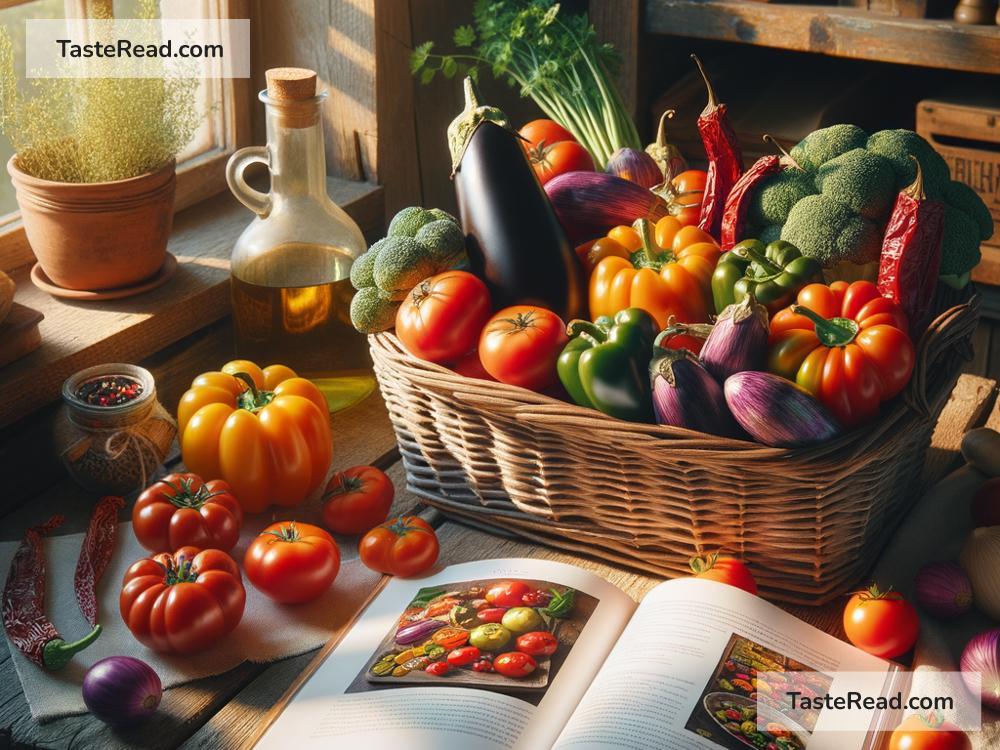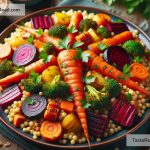Cooking with Dry-Farmed Produce for Water Conservation
In recent years, the importance of water conservation has become increasingly evident. With climate change leading to unpredictable weather patterns and droughts, saving water is more crucial than ever. One innovative way people are contributing to this cause is through cooking with dry-farmed produce. But what is dry farming, and how does it help save water? Let’s dive into the world of water-wise culinary practices and discover how you can make a difference right from your kitchen.
What is Dry Farming?
Dry farming is an age-old agricultural technique that relies on the moisture present in the soil from rainwater, rather than irrigation, to grow crops. Farmers cultivate the land in a way that maximizes water retention. This method not only conserves a significant amount of water but also produces fruits and vegetables with more intense flavors. Though the yield may be lower, the produce is often of higher quality.
The Environmental Impact
The benefits of dry farming extend beyond just water conservation. This method reduces the need for artificial irrigation, cutting down on energy use and preserving natural waterways. By encouraging deeper root systems, dry farming also improves soil health and reduces erosion. Plus, the more concentrated flavors in dry-farmed produce can inspire a more thoughtful and creative approach to cooking.
Cooking with Dry-Farmed Produce
When you choose to cook with dry-farmed vegetables and fruits, you’re not only making a choice that’s good for the planet, but you’re also likely to notice a difference in taste. These products are known for their enhanced flavors and textures, which can elevate any meal. Here’s how to get started with incorporating dry-farmed produce into your cooking routine:
1. Find Your Ingredients
Start by looking for local farmers or markets that offer dry-farmed goods. Common dry-farmed crops include tomatoes, potatoes, apples, grapes, and olives. By supporting these farmers, you’re voting for sustainable practices with your dollar.
2. Simple Preparations to Highlight Flavors
Because dry-farmed produce is naturally more flavorful, simple preparations can go a long way. Try roasting dry-farmed tomatoes with just a touch of salt to bring out their sweetness or making a crisp salad with fresh, crunchy dry-farmed cucumbers. Let the produce shine by keeping seasonings minimal.
3. Preservation Methods
To enjoy the taste of dry-farmed produce year-round, consider preserving them. Canning, drying, and freezing are great ways to make the most of their peak season. This way, you’re also reducing food waste and ensuring you always have delicious, eco-friendly ingredients at hand.
4. Educate and Share
Cooking with dry-farmed produce is also about community. Sharing meals made with these ingredients or educating friends and family about the benefits of dry farming helps spread awareness. By doing so, you inspire others to consider more sustainable food choices.
The Impact of Your Choices
By opting for dry-farmed produce, you’re not just making a culinary choice, you’re contributing to a larger movement towards sustainability. The choices we make in the kitchen have the power to influence agricultural practices, conserve water, and protect our ecosystems.
As consumers, we have a role to play in supporting farmers who prioritize the environment. By being mindful of where our food comes from and choosing dry-farmed options when available, we make a collective contribution to water conservation efforts.
Embracing Water-Wise Cooking
Cooking with dry-farmed produce is about embracing a more water-wise lifestyle. It’s a journey that involves discovering new flavors, experimenting in the kitchen, and making choices that benefit the planet. Whether you’re a seasoned chef or a home cooking enthusiast, there’s a place for dry-farmed produce in your kitchen. Every dish prepared with these ingredients is a step towards a more sustainable and water-wise world.
So, the next time you’re planning your meals, consider how you can incorporate dry-farmed produce. Not only will you be treating yourself to some of the most flavorful fruits and vegetables available, but you’ll also be making a positive impact on the environment. It’s an easy and delicious way to contribute to a future where water conservation is at the forefront of our culinary choices. Together, let’s cook up a storm and save water one dish at a time.


